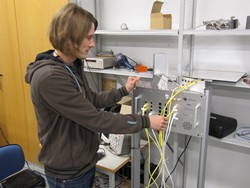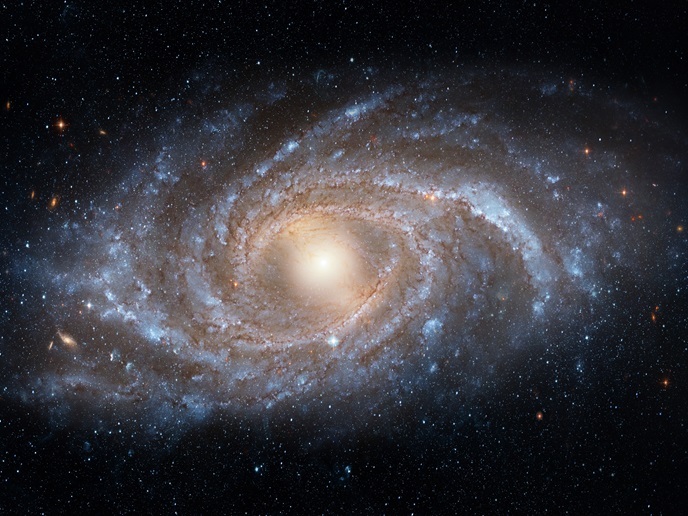Sensitive detection for remnants of the early universe
Present astrophysics research yields exciting insights into the mysterious past and evolution of our universe. Much progress is achieved through detection of the faint glow of the very hot gas in the early universe after the Big Bang and of the first black holes that man-made devices were not able to detect before. Detection of this electromagnetic radiation requires highly sensitive instrumentation. Specifically, detectors operating at extremely low temperatures with minimal noise are the only choice fulfilling the requirements. European scientists initiated the project E-SQUID (Development of SQUID-based multiplexers for large infrared-to-X-ray imaging detector arrays in astronomical research from space) to develop the best readout solution for such detectors. The main task was to design the first prototypes of detector readout technology based on superconducting quantum interference device (SQUID). Space-based applications of such a technology that is equally important in ground-based applications were rare. Europe had also fallen behind the United States in this area. Partners of the E-SQUID collaborative project were all key developers of SQUID technology in Europe and represented the highest international level of scientific expertise in astrophysics research and instrument development. The team first defined the system requirements for instruments in the X-ray, optical and far-infrared frequency bands. The requirements were based on the scientific goals of actual mission plans or instrument studies. The Atacama Pathfinder Experiment (APEX) at far infrared, the video camera S-Cam 3 at optical and the X-ray Microcalorimeter Spectrometer (XMS) for the Athena mission were used as the references. Much research work was required to select the multiplexing technology suitable for such cryogenic detectors. Selection was made on the basis of the number of signals that could be carried at the same time in a complex signal that can then be decoded. The next tasks of the E-SQUID team were to design and fabricate prototypes of back-end electronics and wiring to the cryogenic front end, and they also made prototypes of new SQUID multiplexers. The E-SQUID project resulted in a new high-performance SQUID circuit capable of multiplexing of 2 x 32 element detector arrays. Commercialisation of the new technology will improve the European non-dependence and competitive position in space exploration. The potential applications include human activities detected from space like fires and missile launches.







